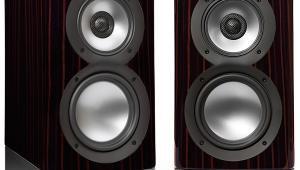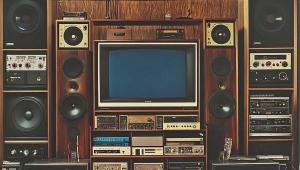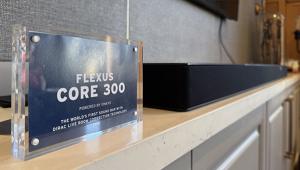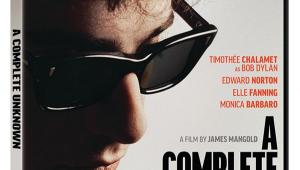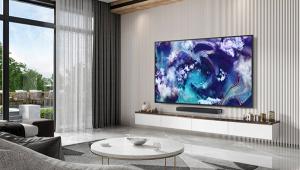Hi, I'm a player on the Australian Pokie Mate app. I enjoy iconic games like Thunderstruck II, or dive in at the live baccarat table while sipping coffee at my favorite cafe. The app is lightning fast, super secure and contains exclusive bonuses for mobile users. Ready to rethink your gameplay? Go to https://pokie-mate.com/pokie-mate-mobile/ to get started.
Elac Uni-Fi Reference UBR62 Surround Speaker System Review Page 2
Because my room lacks deep bass support and is prone to audible peaks between 100-200Hz, I elected (both here and in previous reviews) to engage the Audyssey XT32 room correction feature of the Denon AVR but limited its response to 300Hz and below. I first auditioned the Elacs with music, initially using only the front UBR62 bookshelves driven full-range without Audyssey, and after with Audyssey processing engaged. For a third variation, I engaged the two subwoofers (plus Audyssey below 300Hz) to compensate for the UBR62's lack of substantial deep bass in my very large room. For movies, both the subs and Audyssey (again, only below 300Hz) were always engaged. Four small overhead speakers (from PSB) were also active when Dolby Atmos was on the listening menu.

Performance
I used CDs played on a Marantz UD7007 for all music listening. Starting out with the subwoofer- and Audyssey-free UBR62s, the sound was consistently open, natural, and detailed. A wide range of familiar well-recorded female vocal tracks that I played sounded just right, without excess sibilance or sizzle. Male voices were a bit warmer than I like, but not so much that most listeners would be bothered, and some might actually prefer it that way. Hard transients sounded crisp without going over the top. There was little "wow factor" in the performance of the UBR62s for better or worse, but their ease and sweetness invited extended listening.
As anticipated, the Uni-Fi Reference pair lacked adequate bass in my room. (Most such speakers when used on their own will end up in far smaller rooms.) On at least one recording a softly struck drum which I know to be there simply disappeared. So, at this point I moved to step two and engaged Audyssey below 300Hz but kept the subwoofers switched off. The bass was better, though in-room measurements didn't show much improvement below 50Hz. That came as no surprise since Audyssey is designed to avoid overdriving speakers below their bass limits, and while it can't do this perfectly, it did prevent the Elac bookshelf speakers from being pushed into obvious distress.
The effects of Audyssey processing, which removed a significant bump in my room's unequalized response between 100Hz and 200Hz, opened the overall sound up and made it noticeably better. (Problems in this upper bass region nearly always originate from the room and/or placement and not from the speakers themselves. Also, excessive high bass can obscure deep bass, particularly when the latter isn't strong.) Another effect of smoothing out excessive upper bass is a clarification of the entire audible spectrum, and that's what happened here. Aspects of the speakers' performance that were good before were now even better. The differences weren't dramatic, but complex musical threads sounded cleaner, with the warmth referred to above (and likely due to that 100-200Hz rise) naturally sorted out.
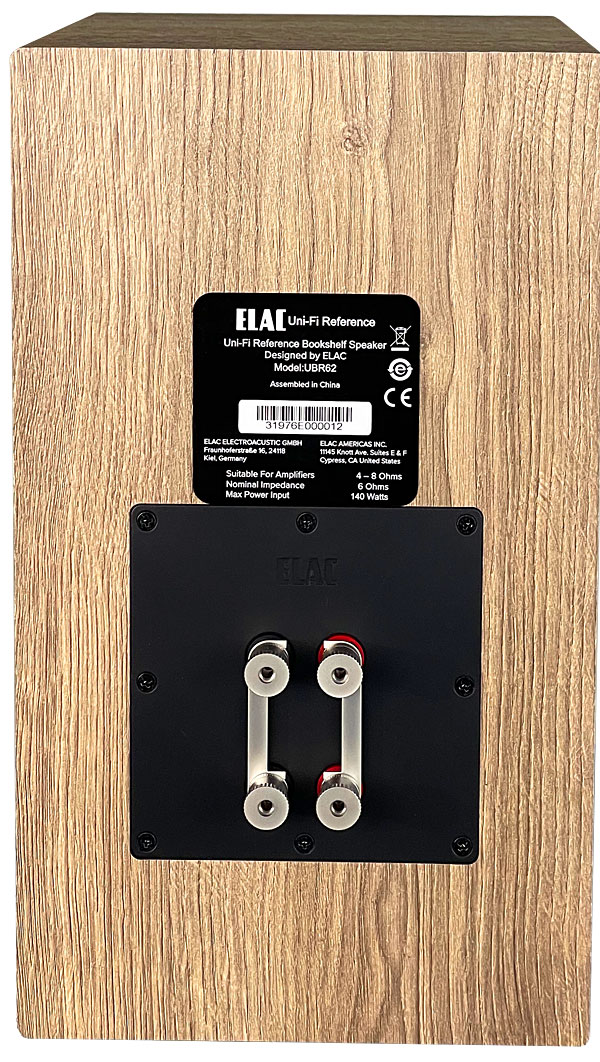
While the bass was now cleaner than before, it wasn't significantly deeper. But engaging the two SVS subs, together with Audyssey room EQ, totally transformed the performance of the UBR62s. With the subwoofers added, the Elacs now sounded as big and imposing as any loudspeakers I've yet had in my system, including larger floorstanders, with organ, bass guitar, Taiko (Japanese) drums, and other bottom-end-heavy recorded material proving to be no challenge at any sane volume level. Even with more subdued recordings, including vocals, choral selections, and solo or small instrumental groups of many types, the subwoofers and EQ added a sense of ease and a freedom from boom or bloat that improved on the already fine performance offered by the Elacs themselves in my room.
When it came time to check out the speakers in a full 5.0 configuration (5.4.2 if you add in the non-Elac supporting cast of four overhead Atmos speakers and two subs) for movies, I redid the Audyssey setup for a range of reasons. The measured results weren't quite as good as in the stereo configuration described above, but the differences didn't compromise the audible performance.
I began with Blade Runner 2049, perhaps the best-sounding Ultra HD Blu-ray in my collection. Hans Zimmer's brilliant score is a key element here. In the quiet moments as Agent K visits an orphanage in an abandoned plant, the reverberations and echoes are endless while the music subtly flavors the environment before building to a groaning, almost formless crescendo. Later, in an abandoned Las Vegas showroom, K faces off against Decker as they trade punches accompanied by intermittent, holographic entertainers. Hard-hitting bass also punctuates the film throughout. While the SVS subwoofers can claim much of the credit for the bottom-end weight, the Elac speakers blended perfectly with them into a unified, organic whole.
Anonymous is a Tudor-period film based around the theory that Shakespeare was not the actual author of his plays. Despite some unlikely twists and turns in the script, the story here nevertheless makes for compelling drama. There is plenty of dialogue and the UCR-52 center speaker delivered it with no obvious coloration, with the three-way design contributing to the clear and natural sound even at off-center seats. While the film offers little deep bass, the subwoofers again blended with the Elac speakers to produce a good overall balance. This was particularly evident in an extended sequence beginning in chapter seven, an engrossing compilation of key scenes from several Shakespeare plays accompanied by sweet-sounding period music.
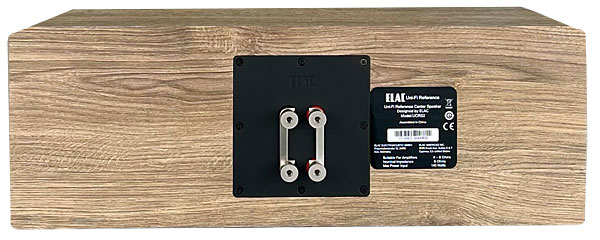
To check out multi-channel music on Blu-ray, I subsequently dropped Trolls and Animusic into my disc player. Trolls has an uneven story, but it's distinguished by vivid color and—of prime interest here—elaborate musical numbers. The Elac speakers handled the latter beautifully. Also worth noting is one effect near the end of chapter 21 where the lid of a cook pot in which the Trolls are imprisoned gets lifted. This was a brief but stunning ear-opener on the Elacs, with reverberation that spread outward dramatically from the front stage to the surrounds. I also appreciated here how the well-recorded dialogue was easily distinguishable on the UCR-52 center compared with the slightly canned-sounding voices heard on the film's more elaborate but inferior sequel, Trolls World Tour.
Animusic is a very different animal, one dedicated to even more complex musical creations. It's not a story, but rather a collection of animated, computer-generated musical numbers ranging from the stunning (a reimagining of the Mussorgsky suite Pictures at an Exhibition) to the odd (pogo stick instruments bouncing along on an undulating track). The dynamic range of this disc is wide, particularly on Pictures at an Exhibition, and the Elac system kept up with every note.
Conclusion
While this Elac Uni-Fi Reference system can't definitively prove that good bookshelf speakers are the equal of tower models when used with suitable subwoofers, their three-way design certainly helps. My resident Monitor Audio Silver 10 towers (two generations removed from the latest) have a small leg up on them when it comes to punch, top end air, and bass extension. Nevertheless, these Elacs make a strong case for themselves. I found their overall sound to be clean, sweet, and open, and when paired with a good subwoofer or two, they delivered exceptional performance with both music and movies.
- Log in or register to post comments














